I have a fascination with various Asian cooking shows. And, more recently, some of the anime ones, which tend towards competitions, but generally just feel less antagonist than live shows because… well… cartoons. I started watching a fairly well known one, Food Wars: Shokugeki No Soma, a Japanese one, set in the nation’s most prestigious cooking academy. It’s fun, and it’s surprisingly educational. They take time out to explain cooking techniques and even demonstrate them at times, which surprised me. And, in so doing, I’ve come across quite a few dishes and ingredients that I’d never heard of, both within and without of Japanese cuisine – real dishes, too, not ones made up for the show, which has been leading me into a bit of kitchen experimentation. (For those interested, the first two seasons of the show are on Netflix, dubbed, while seasons 3-5 are available subtitled on Crunchyroll – which, if you’re into anime, is “the” site.)
So let’s start off with a pasta dish, because I’m always interested in pastas, and particularly unusual ones. To start, it’s a French pasta, not Italian, from the Savoie region, called crozets. It’s a pasta made from a mix of buckwheat and plain flour, salt and egg. It’s a slightly thick pasta, which I generally like, and it’s cut in small 1cm squares, which is… different.
It’s primarily used in two regional dishes – croziflette, which is a pasta remake of tartiflette, a potato dish similar to a gratineed potato casserole, and crozets aux diots, where the pasta is baked with sausages. And that’s another unusual thing, both dishes for which this pasta is known for are baked pasta casseroles. That’s not to say that people don’t throw them in chicken soup, but it’s not what they’re known for.
There’s some theorizing that these are a French version of the Italian corzetti or crozetti, and obviously there’s a strong similarity in the name. But those are fairly large round disks made from semolina flour, water, and salt, and are individually stamped out with a wooden or bronze die creating a design etched surface, like a large, 4cm coin. They are from regions that are near to each other, but I don’t see much similarity in the actual pasta. I think it’s more likely that the names coincide because of some extraneous meaning attached, as the Italian name refers to a medieval Genoan coin, the corzetto, which the pasta resembles, but which the small square crozets don’t.
Back to our crozets…. I mixed 110 gm plain flour, 50 gm of buckwheat flour, a large pinch of salt, and an egg. I also ended up adding the yolk of a second egg, as it needed more moisture, and the suggestions I found online recommended that over water. The buckwheat flour we get here is from un-hulled buckwheat, so is dark, and has lots of flecks from the hull. Based on pictures I’ve seen of crozets, I’d venture that the French use light, hulled buckwheat to make their flour, as this dough is far darker than any of the recipes I saw. I’m not sure I can find the lighter, but if so, I’ll give it a try and see how different it is. Maybe in the Japanese market.
After letting the dough rest, covered, for about an hour, I rolled it out to a 2mm thickness, which on my hand rolling machine is setting 5 out of 9 – most pastas, like spaghetti or tagliatelle, I roll out to 7. Then, using a ruler, I cut the sheet into squares. I probably went slightly big – these measured just over 1cm square, and should really be a little less than 1cm so that when they absorb liquid and swell a little, they reach the 1cm size.
Time for the rest. A couple of large leeks, chopped; about 100gm of shredded smoked ham; 50-60ml dry vermouth; 200ml cream; Reblochon cheese; butter (plus salt and pepper).
Saute the leeks in the butter with some salt and pepper, until they start to turn golden.
Deglaze the pan with a good splash of the vermouth (or dry white wine). Let that cook away.
Add the ham and saute until it starts to color.
Add the cream and simmer until it reduces and thickens. At the same time I dropped the crozets into boiling salted water to cook for about 5-6 minutes.
Add the crozets along with a ladle of the starchy cooking water to the sauce and cook until it all thickens up and coats the pasta well.
Slice the cheese and lay out in thick slices across the top.
Pop into the oven and cook until golden brown.
Admittedly, this is probably a more fall/winter dish and I probably wouldn’t make it again on a hot, humid summer’s day. But wow, that will definitely be coming back when the weather turns colder. The rich, nuttiness of the buckwheat pairs beautifully with all those rich flavors. Obviously this isn’t a “diet” dish.
French pasta? Who knew?
Adjustments I’d make on future rounds? Slightly smaller squares for the pasta, just to be keeping with the tradition, and if I can find it, give a try at light buckwheat flour. I think I’d go with a smaller baking dish – I’d like more pasta below the cheese I think. Or, just do a double batch of the pasta and sauce, but the same amount of cheese for the topping.
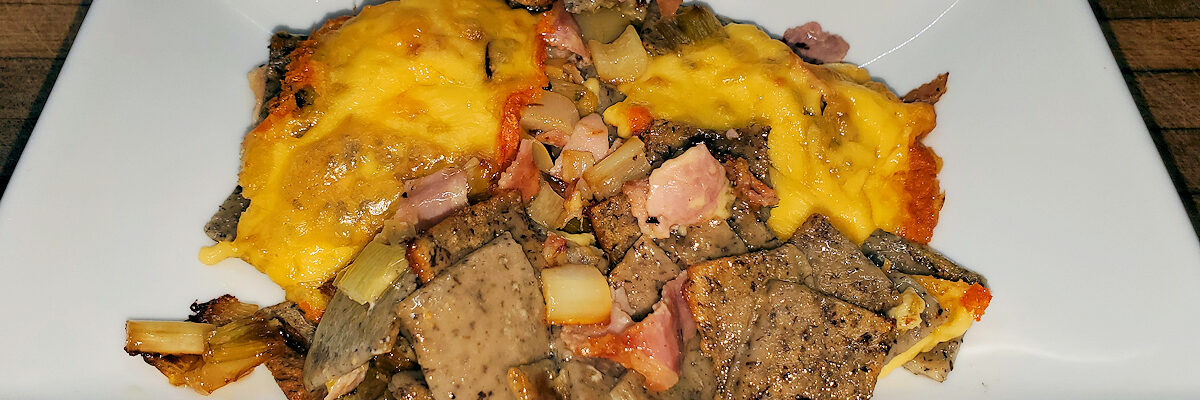
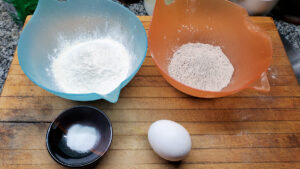
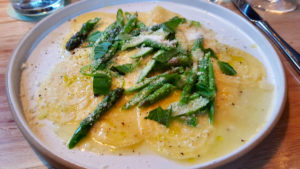
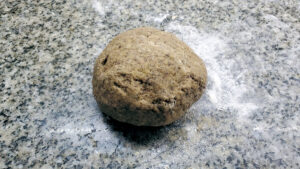
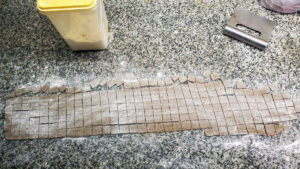
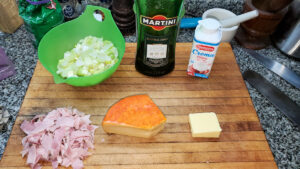
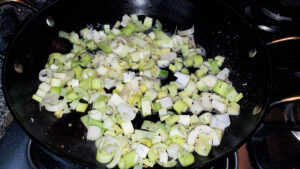
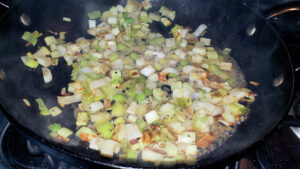
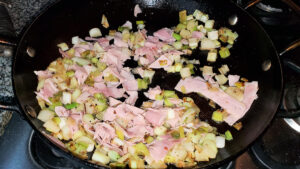
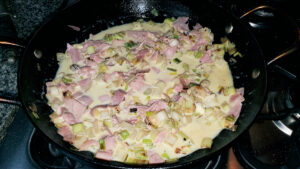
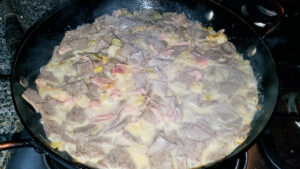
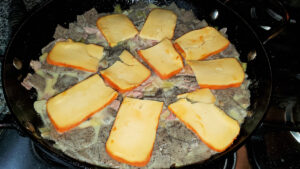
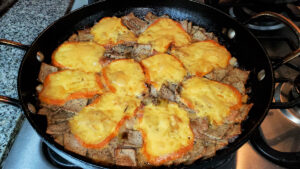
[…] of the dishes, which is somewhat unusual. I had mentioned a couple of posts back, with the pasta, crozet, about learning of various foods I’d never heard of while watching a Japanese food anime. […]